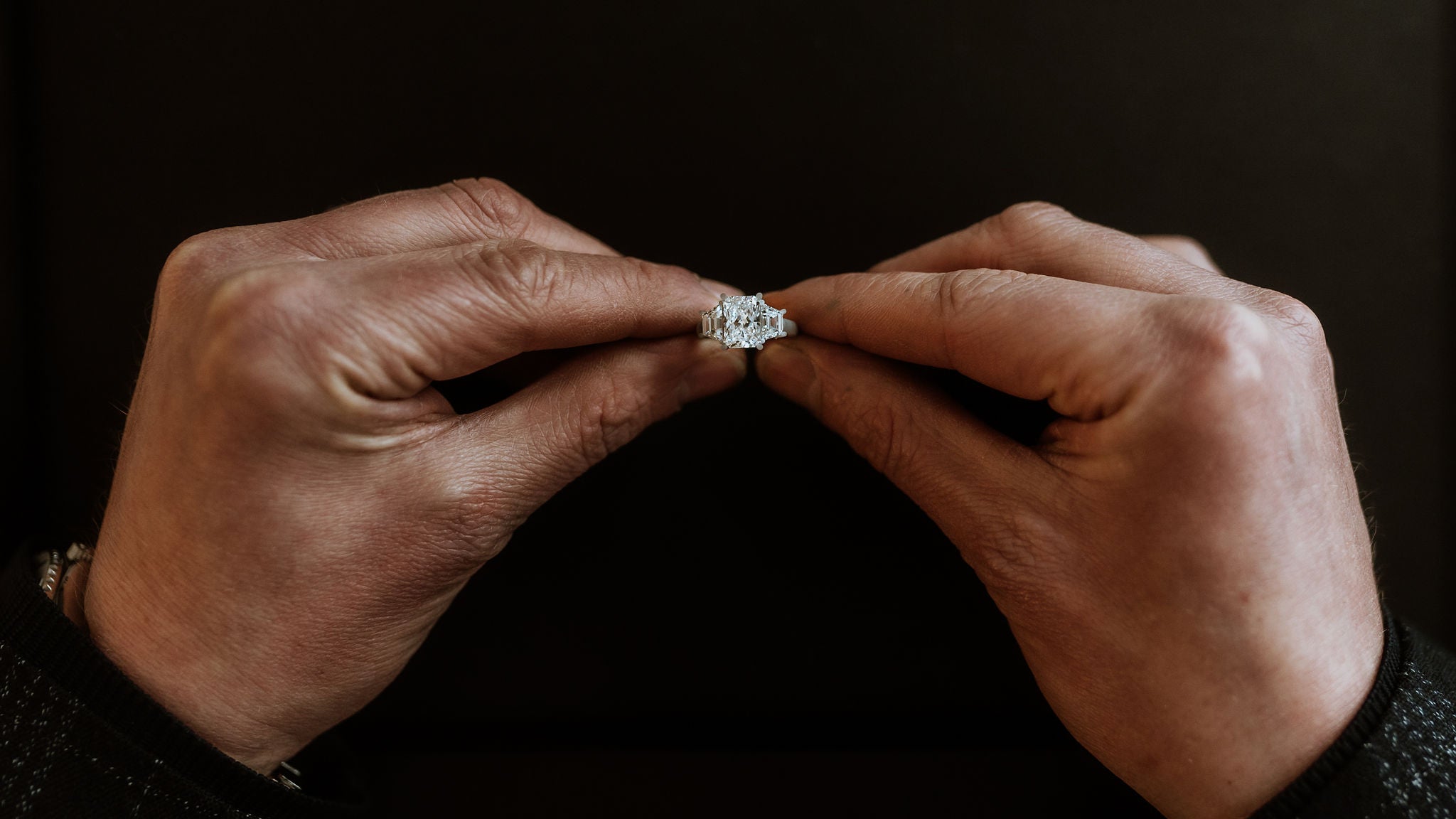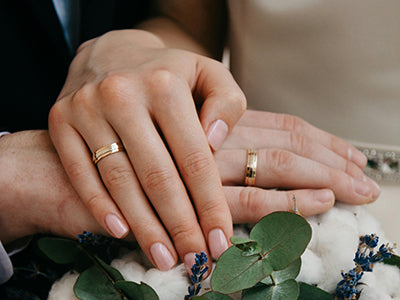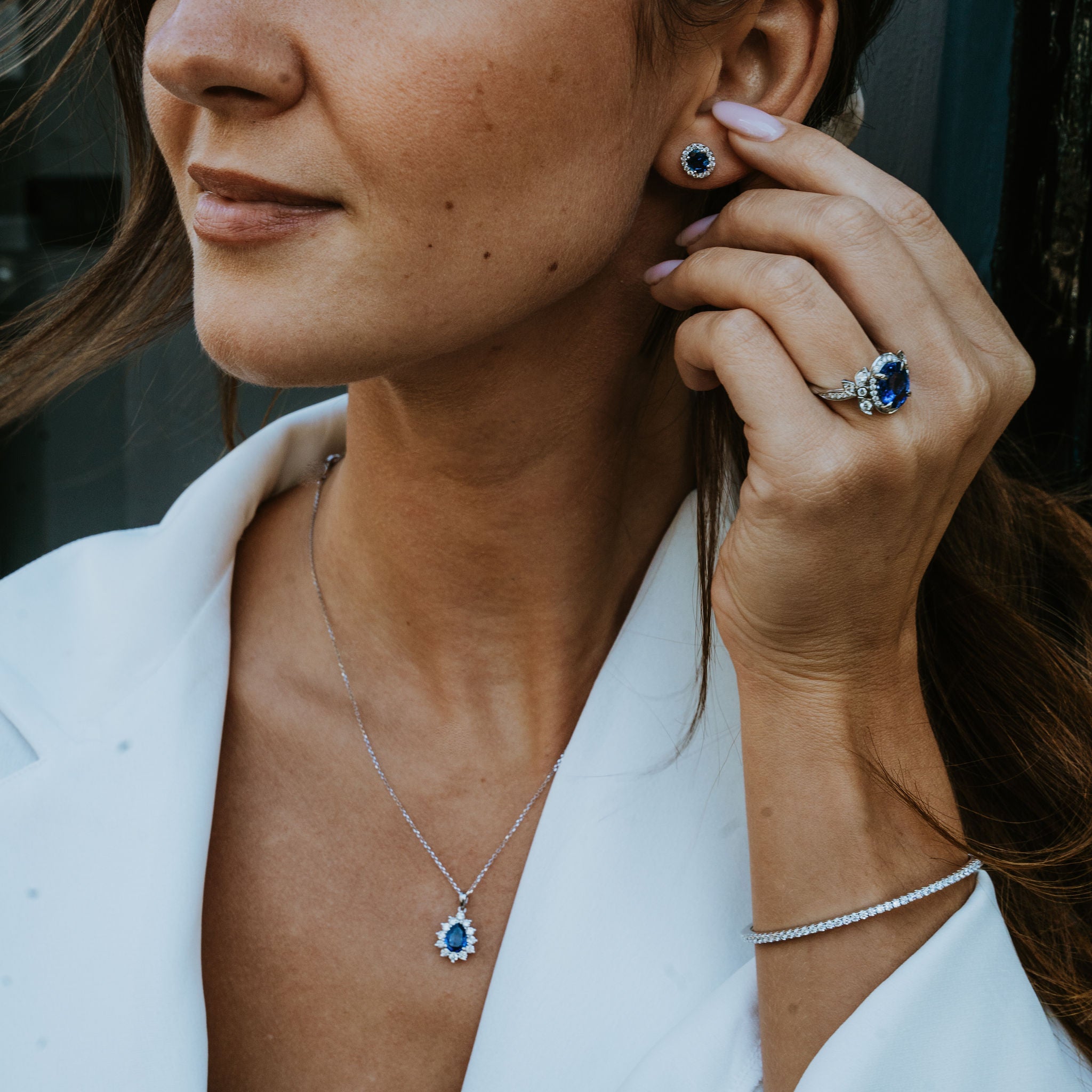
The day you buy a ring, necklace, earrings or any other item of jewellery, it will be a beautiful and pristine thing, its polished metal shining, any inscription clear, the gems glinting in the light. But, alas, it will not always stay like that.
Over time, some metal (though not gold) will tarnish. Softer stones can get chipped and scratched. On a simple practical note, a ring may need to be re-sized as your finger gets bigger (or smaller).
Worst of all, there is the time when an item is lost and the joy of finding it again a long time later is not quite unconfined, as it may have been damaged in the meantime.
As experienced jewellers, we are familiar with all of these situations, although some are more common than others. Either way, our restoration work can deal with all kinds of damage that can arise over time.
When Carrots Meet Carats
Lost items that have been found years late and need repairs are certainly common. Items that get lost down the back of furniture may be damaged when the chair or table is moved, for instance. But one of the most common ways of losing jewellery is when a ring goes missing while gardening.
In some cases, the item will never be found, but sometimes it will turn up, often years later. Indeed, there was one famous case a few years ago when the owner had lost her wedding ring in the vegetable patch and it reappeared wrapped around a carrot.
Sometimes, the damage is done not from the item being lost and stuck underground or under a sofa, but through being exactly where it should be as you wear it. Unfortunately, that can mean wear and tear of all sorts.
In the case of gold, while the metal cannot rust or tarnish, it is comparatively soft, measuring between 2.5 and 3 on the Mohs scale. That is great for making it malleable, although it can be made harder by mixing it with another metal like copper (this is where rose gold comes from).
This softness means it can be scratched and while minor scratches can be dealt with yourself by buffing them up, any major damage does need a professional to fix them.
Gemstone Issues
Gems can also be scratched, although how vulnerable they are does depend on the kind of stone they are. If it is a diamond, it will be almost indestructible. Because it is the hardest material in existence, nothing can cut diamonds except other diamonds or lasers.
This marks diamonds as a 10 at the top of the Mohs hardness scale, with other gems ranked at various other points on the scale. Corundum, which includes sapphires and rubies, is a 9, so these gems will seldom if ever get damaged. A spinel, often used as a substitute for a ruby, is not so far behind as an 8.
However, the scale is not a straight line but a curve, so the differences in hardness are greater the higher up the scale you go.
This means that an emerald, which measures around 7-7.5, is appreciably softer than a diamond. This is a stone that is often damaged. Sometimes this can be repaired or recut, but it may be best to replace the stone altogether.
Apart from that, there is always the case where damage to a ring means the gem gets dislodged and falls out. This means it has to be refitted (if found), or replaced if it is not.
Why Size Does Matter
Some jewellery, especially rings, may need to be resized or reshaped. In the case of gold, this can be due to it being squashed underneath something - or, of course, pushed out of shape by the carrot growing inside it. Such accidents do happen when rings are taken off, lost or dropped into machinery. No doubt many a plumber has a tale to tell.
However, ring resizing is often not about damage but the need to adjust it to your finger. It may be that your original engagement ring was ordered in the wrong size. Or it may be that you have gained or lost weight, meaning it is either too tight or too loose. Alternatively, you might want to wear the ring on a different finger.
Some people get to buy a piece of jewellery that stays in good condition throughout the time they have it, perhaps passing it on in its immaculate state as an heirloom. But real life has a habit of ensuring this often does not happen.
Whether it is gardening accidents while planting carrots, scratches and chips or changing finger size, we can help restore or alter your jewellery so that you can soon be wearing it as good as new, whether every day or on special occasions.





